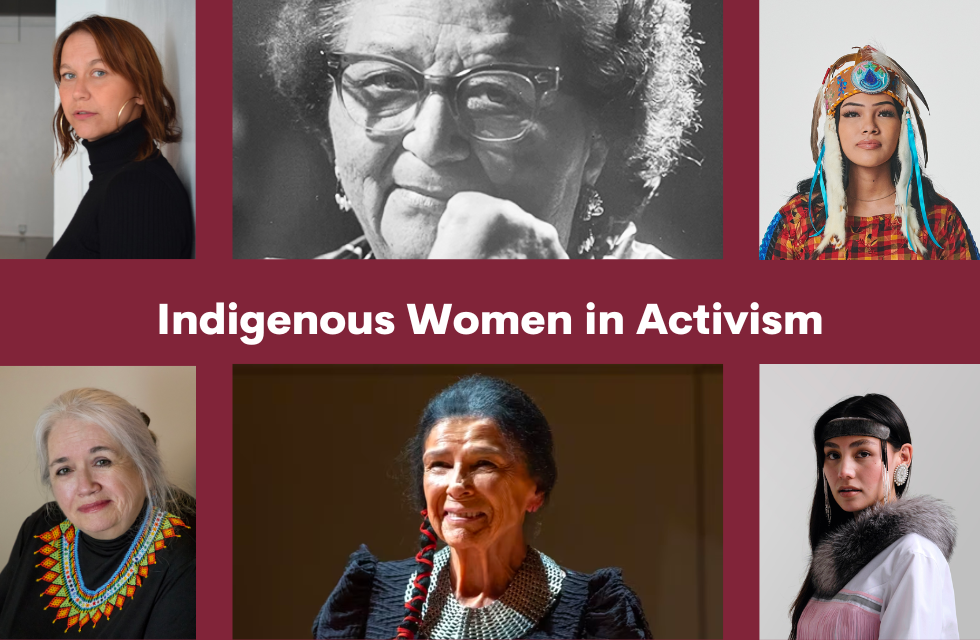In this series, we're highlighting our VERSIONS Alumni. You'll learn about their transformative journeys with…
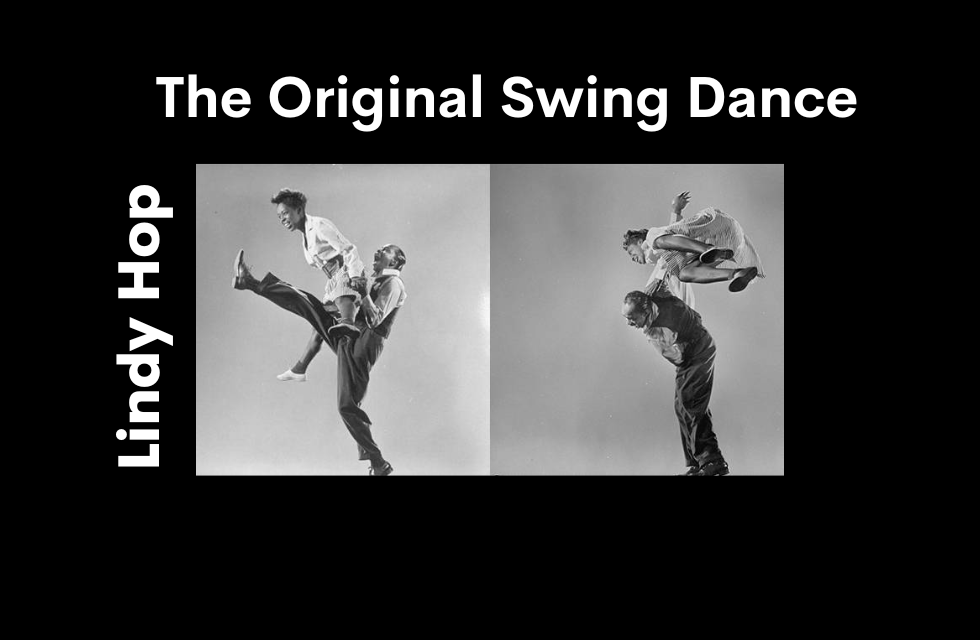
Lindy Hop: The Original Swing Dance
Welcome to the world of Lindy Hop – a swing dance pioneered by Black people that not only captivated audiences but broke societal barriers. Born out of a time of segregation, the Lindy Hip became a revolutionary dance style that transcended racial boundaries and became a beacon of Black Joy, persisting in the face of oppression.
Lindy Hop Origins
During a time of racial segregation in American society, the Lindy Hop emerged as a prominent dance form, defying societal norms and highlighting Black dancers even in white spaces. Originating in Harlem, New York City, in 1928, at the Savoy Ballroom, Lindy Hop blended elements of jazz, tap, breakaway and the 1920s Charleston, African American and European partnered dances. The dance gained popularity from the 1930s to the 1940s and was hailed as the “original” swing dance. Described as wild and frenzied or cool and sophisticated, the Lindy Hop was a dancer’s choice— an embodiment of pure joy. In modern times, the term “swing” encompasses not only Lindy Hop but Jitterbug, Balboa, Shag, East and West Coast swing, and the Boogie Woogie.
Skip to 2:40 on the below video to see some of this iconic dance.
The Savoy Ballroom
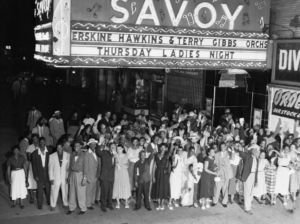 The Savoy Ballroom played a crucial role in the rise of the Lindy Hop and as the heartbeat of the community. During this time, it was one of the few ballrooms open to people of colour. One attendee shared that of the other five ballrooms in Manhattan, the Savoy was the only one in which both Blacks and whites were allowed. Here, the emphasis was on the dancers’ feet, not the colour of their skin. It served as a pivotal space for the Black and white community to come together, breaking down racial barriers.
The Savoy Ballroom played a crucial role in the rise of the Lindy Hop and as the heartbeat of the community. During this time, it was one of the few ballrooms open to people of colour. One attendee shared that of the other five ballrooms in Manhattan, the Savoy was the only one in which both Blacks and whites were allowed. Here, the emphasis was on the dancers’ feet, not the colour of their skin. It served as a pivotal space for the Black and white community to come together, breaking down racial barriers.
Not only did the Savoy host around 70,000 dancers annually, distinguishing itself as the “Home of the Happy Feet,” but it was a place to showcase some of the best musical talent in the city, including a teenaged Ella Fitzgerald. The large building routinely hosted two bands at either end of the ballroom at the same time, letting dancers enjoy music no matter where they were on the dancefloor.
Despite its significance, the Savoy Ballroom building was demolished in 1959. In 2006, the residential complex built in its place was renamed Savoy Park to honour the historic ballroom.
Whitey’s Lindy Hoppers
At the pinnacle of Lindy Hoppers wasWhitey’s Lindy Hoppers, led by Herbert “Whitey” White. Whitey, affectionately named after the white streak in his hair, was a former boxer turned Savoy bouncer. He had a keen eye for talent and gathered the best of the best to train and perform.
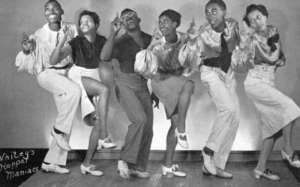
Beyond showcasing exceptional Lindy Hop talent, Whitey turned the group into a training ground for professional dancers, employing more than 70 dancers at one point. Whitey provided life-changing opportunities for dancers and propelled the group onto international stages, including performances in Hollywood movies such as “A Day in the Races” and on stages at the Moulin Rouge in Paris and Radio City Hall in NYC.
Rich, white people wanted the best performers for their parties, and Whitey was the one to put the acts together. But he never forgot the racial undertones of society at the time. He’s remembered for saying, “Remember, ain’t nobody better than you,” before performances at these parties.
Lindy Hop to Jitterbug
As the Lindy Hop gained popularity in other communities, aspects of it were altered. White dancers who adopted Lindy Hop were referred to as “jitterbugs.” This term was initially used as a ridicule because white dancers danced the Lindy Hop faster and more “jittery” than intended. But “jitterbug” soon lost its negative connotation as the new style of dance caught on.
Remembering the roots
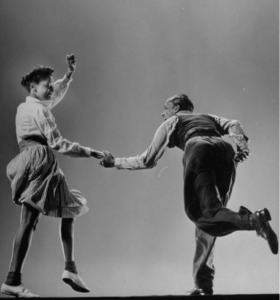 In exploring the vibrant history of Lindy Hop, we discover a dance that not only entertained but also fostered unity and provided opportunities. From its origins in the Savoy Ballroom to the groundbreaking performances by Whitey’s Lindy Hoppers, Lindy Hop challenged racial barriers with every swing.
In exploring the vibrant history of Lindy Hop, we discover a dance that not only entertained but also fostered unity and provided opportunities. From its origins in the Savoy Ballroom to the groundbreaking performances by Whitey’s Lindy Hoppers, Lindy Hop challenged racial barriers with every swing.
While the rich cultural legacy of Black art, spanning music, visual art, dance, and more, has repeatedly been appropriated by white people, the cultural contribution and origin of these art forms can’t be erased.




